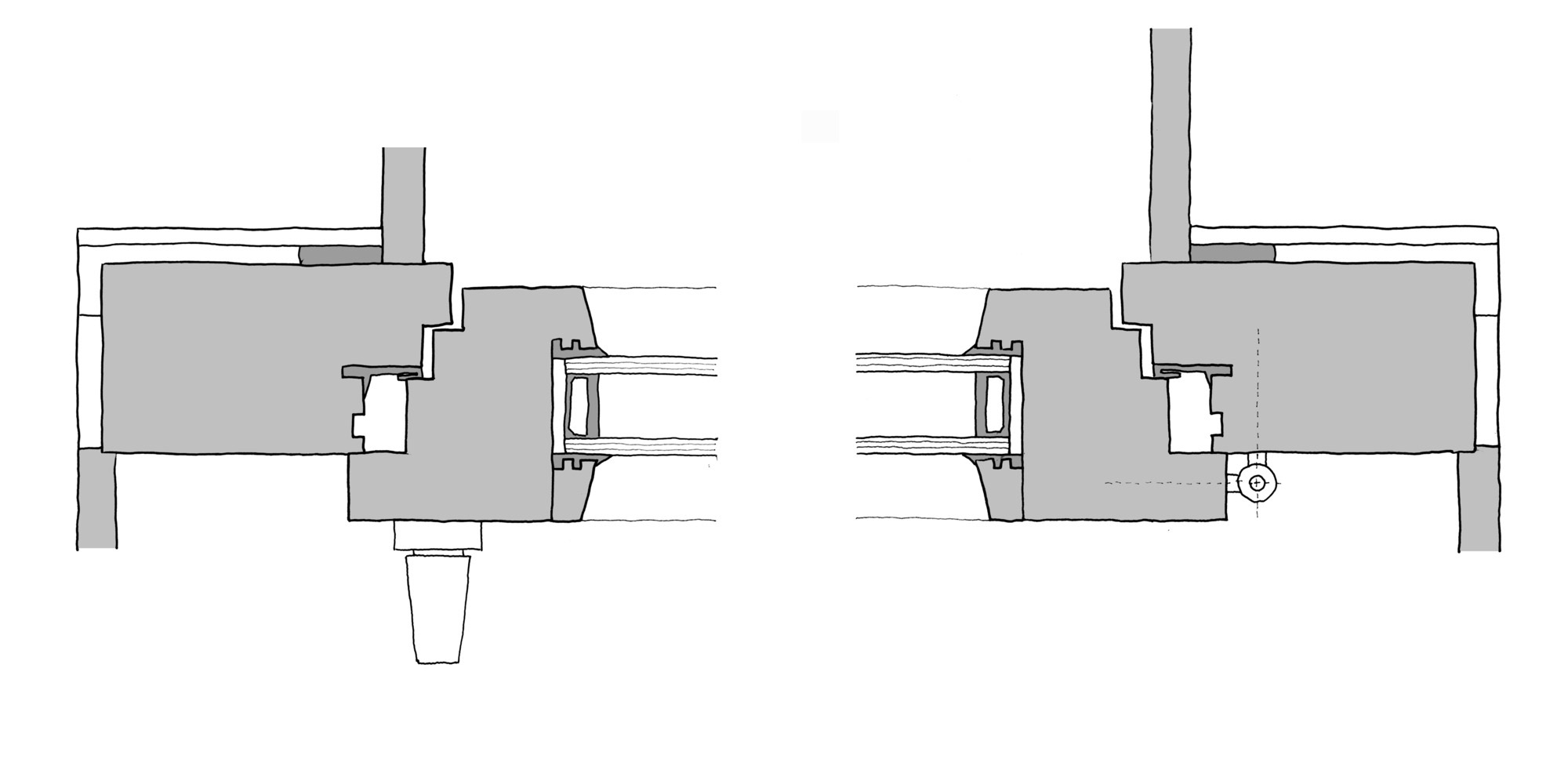First week
Intro, Project Management, GIT and HTML
Index
First lesson
How physics transforms information
First lesson was though provoking, specially the first part which unfolded the not so evident connection between physics and information in an amiable way.
Also, it was very interesting the non linear journey that we did creating parallelisms between computers, digital fabrication technologies, lego and molecular biology
Reflecting about my PhD research, I got very interested about how I could link self build into all these concepts. The building industry has been using digital tools to design and fabricate architecture for at least four decades now –computers making machines (buildings in my case)?– So how the next step, machines that makes machines –buildings that make buildings–, could be envisioned?
First assigment
Git and HTML
I do have some previous experience on Git and HTML. We architects do love structural integrity, conceptual elegance and ethics through aesthetics so writing HTML and using CVS to manage code always felt like the right choice for me.
I rely on GUI's for my daily work and the command line is never my first tool of choice though, I imagine that this is a direct consequence of my designer background too.
For my web projects I normally use Atom, Jekyll and Bootstrap. For fabacademy I will try to keep things simple on this side so I can concentrate in others aspects I'm not that familiar about. In any case will give a go to Brackets, I heard about it before and it seems like a great tool for coding websites. I will be also using Github Desktop for light Git management and the command tool for the rest of Git tasks.
As I'll be using sass and I don't want to push these files into the repository I decided to work on an intermediate repository and then rsync the files to fabacademy repository. This will hopefully prevent some of the common mistakes that Neil pointed out on the first class.
Finally, in order to automate the deployment I have made a small shell script. First time I've coded one but there is plenty of documentation online to get started fast, Ryan's tutorials has a great chapter about bash cripting so I read it through to get started.
I tried to publish the code using the pre and code HTML tags but there were some CSS style problems so I posted as an image for the moment. Fixed now!
#!/bin/sh
commit_message="$1"
if [ -z $1 ]; then
echo "Enter a message for the commit:";
read $commit_message;
fi
a=`du -sh ./`
destination="../fablabmadridceu/students/257"
echo "the size of your folder is $a"
while true; do
read -p "Do you wish to continue?" yn
case $yn in
[Yy]* ) rsync -avz . $destination --exclude '*.map' --exclude '*.scss' --exclude '.git' --exclude 'deploy.sh' --exclude '.DS_Store';
echo "Moving to $destination"
cd $destination;
git add . -A;
git commit -v -m "$commit_message";
git push -all;
break;;
[Nn]* ) exit;;
* ) echo "Please answer yes or no.";;
esac
done
Final project
FabWindow
Most of the digital fabrication building methods for architecture that I'm aware of are focused on complete systems rather than using a "building block" approach so I'm interested in exploring this route for my final project.
Windows are quite fascinating building elements for many reasons:
- They are as old as Architecture itself.
- They are not static.
- They have been the first ones incorporating the latest technologies in each period (glass panes, metal frames, domotics, etc…).
- They are ubiquitous and banal.
So the starting idea is to develop a window design which will have to meet the following main goals:
- Timber structure.
- Fabricating as many elements using fab lab technologies.
- Design should be up to current Eurocode standards on thermal insulation, waterproofing, structural integrity, fire resistance and safety.
- Design should include some input output devices such us temperature, air quality and light sensors, mechanical actuators, motorized solar control and so on.
